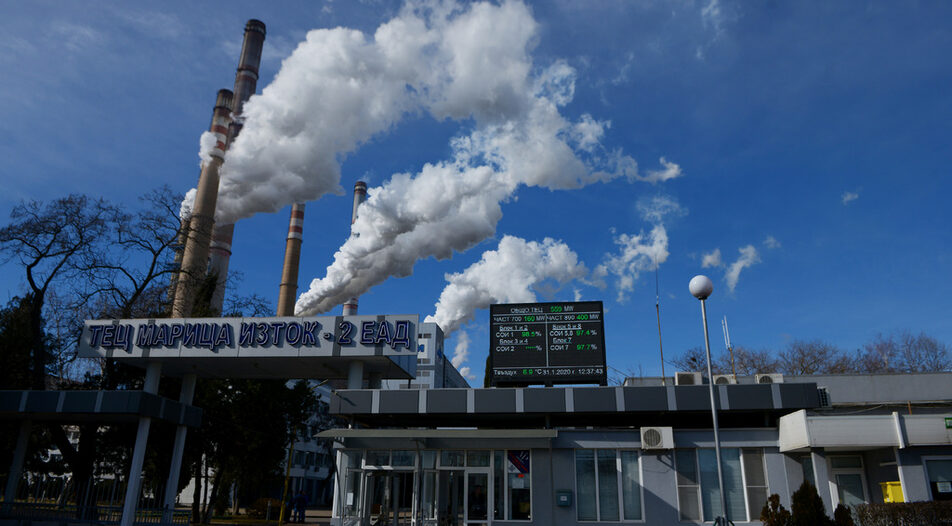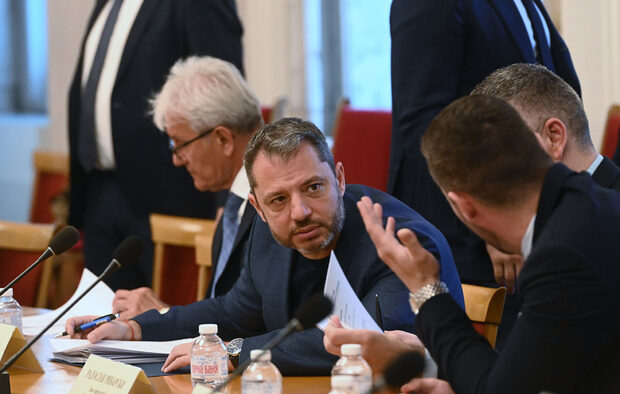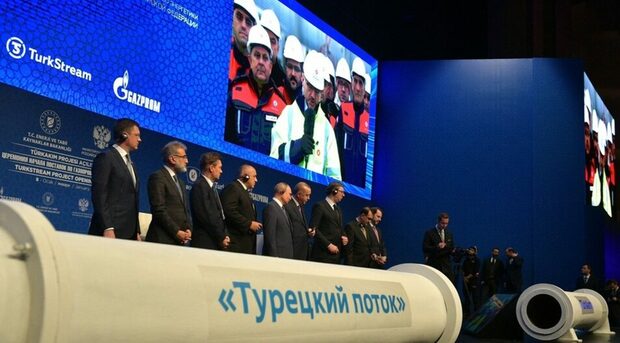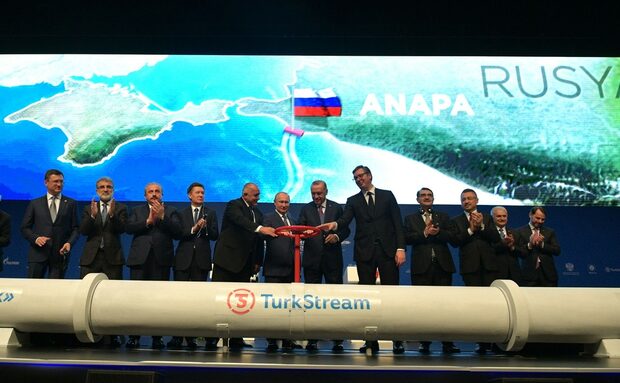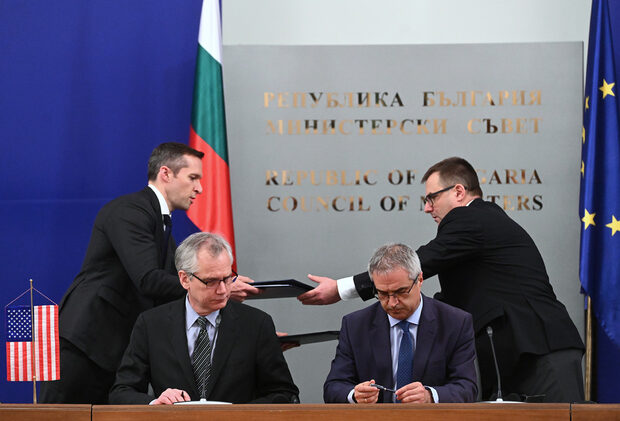Recently, Bulgaria has been the engine of the Balkan electricity production. The thousands of megawatt hours of electricity produced emanated mainly from two sources - nuclear energy and coal-based energy. Last year, Bulgaria was a top 3 net exporter of electricity in Europe, delivering energy on a daily basis from Greece to Hungary. However, so far this year the picture has been different. The two main "turbines" of the engine - the state owned Kozloduy Nuclear Power Plant and Maritsa East 2 Coal Plant are no longer operating at full throttle, and their electricity is not sold on the same prices at the exchange. In addition, for most of the last few months buyers have not needed their electricity as much as they did in 2022.
If someone takes a look at the Q1 financial reports of the state owned companies, they will soon realize that the end of the energy crisis has resulted in a significant downturn in profits. Kozloduy can continue working in the new price environment because production costs are low, but it is doubtful if this also applies to Maritsa East 2 which has a hard time selling its expensive coal electricity on the market.
Kozloduy NPP
Revenues from the sale of electricity have fallen by half compared to last year - currently they stand at BGN 807 million, while in the first quarter of 2022 they were BGN 1.5 billion. At the same time, the electricity produced is the same - 4.6 million mWh . The difference comes from falling electricity prices, which have been around BGN 250/mWh in Q1 2023 whereas at the beginning of last year they were around BGN 410/mWh.
The gap will widen even more in coming months. Prices in April and May, for example, are getting lower and lower, while last year's peak profits of the plants were registered in the summer. Moreover, futures show a steady decline up until winter.
There is also a significant difference in the company's cash flows due to the larger payments to the energy system security fund - every lev above BGN 180 per MWh is being directly transferred to the fund and is being used for business compensations and buffering. Over BGN 200 million more have gone to the fund directly from Kozloduy.
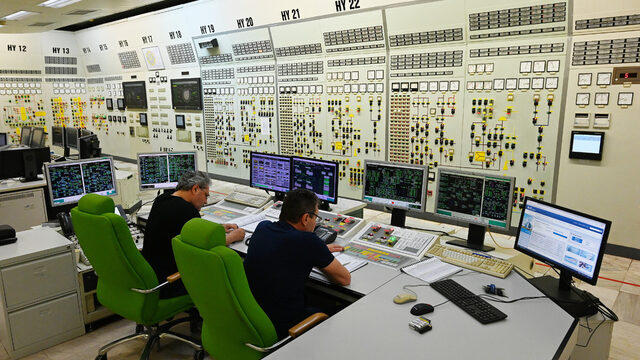
Maritsa East 2 coal plant
The enterprise reported a positive financial result of BGN 196.4 million, which is, however, a decrease of 27.46% compared to the profit from the first quarter of 2022. Back then, it was BGN 270.8 million. Since the beginning of April, the state-owned plant has been operating at only 15% of its capacity and is literally unable to sell its energy on the exchange, fulfilling only old contracts.
The decrease of the total revenues is 322.7 million BGN or 29.57%. Thus, in the first quarter, the revenues of the coal plant were 766.6, compared to BGN 1.08 billion a year earlier - due to the high electricity sales, as well as household market obligations. Nevertheless, since July 1 last year the plant has not participated with a quota in the regulated market, which means that the state does not cover its high costs and the company does not sell fixed amounts to households.
In Q1, Maritsa-East 2 sold 1,694,641 mWh of electricity, which is a decrease of 38.38% compared to a year earlier. However, this is not a surprise - at the beginning of the year it became clear that the state-owned thermal power plant still has a problem with selling its electricity. After running at full throttle for over a year and posting huge profits due to high electricity prices, it is now quite clear that this was a result of the market's momentary dynamics and lower prices mean no buyers for the expensive coal electricity.
Although the main costs of the company are decreasing, they are again related to the purchase of carbon allowances. This year, their cost is BGN 341.1 million, while last year it was BGN 566.4 million. The decrease of about 38% is mainly due to the decrease in the electricity produced, which also leads to fewer carbon emissions.
Recently, Bulgaria has been the engine of the Balkan electricity production. The thousands of megawatt hours of electricity produced emanated mainly from two sources - nuclear energy and coal-based energy. Last year, Bulgaria was a top 3 net exporter of electricity in Europe, delivering energy on a daily basis from Greece to Hungary. However, so far this year the picture has been different. The two main "turbines" of the engine - the state owned Kozloduy Nuclear Power Plant and Maritsa East 2 Coal Plant are no longer operating at full throttle, and their electricity is not sold on the same prices at the exchange. In addition, for most of the last few months buyers have not needed their electricity as much as they did in 2022.
If someone takes a look at the Q1 financial reports of the state owned companies, they will soon realize that the end of the energy crisis has resulted in a significant downturn in profits. Kozloduy can continue working in the new price environment because production costs are low, but it is doubtful if this also applies to Maritsa East 2 which has a hard time selling its expensive coal electricity on the market.








